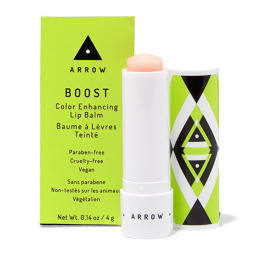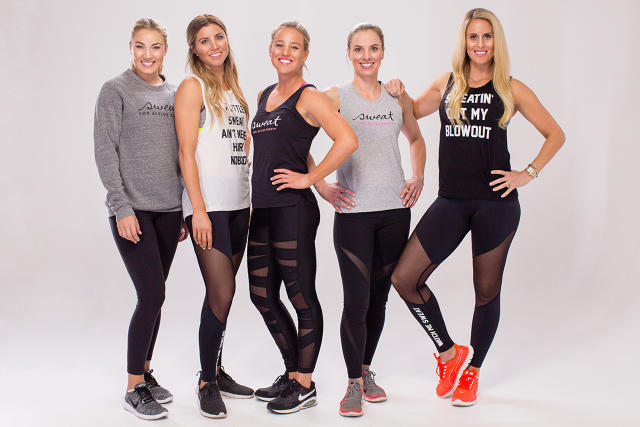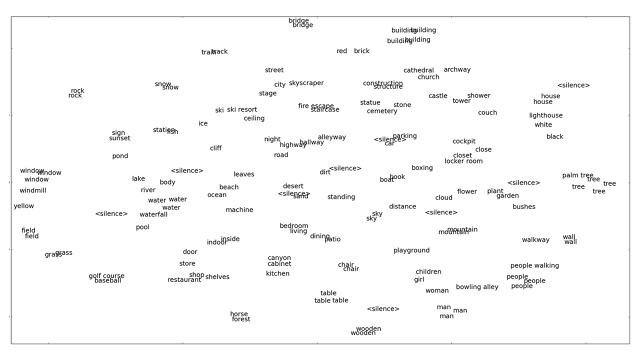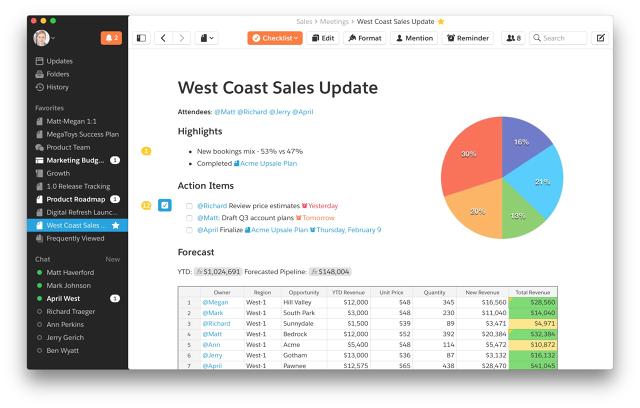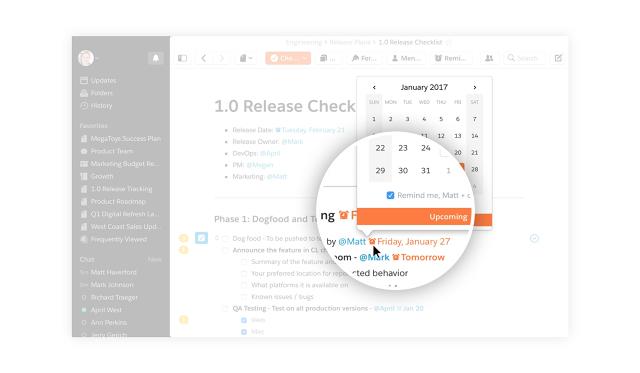Some freelancers find work in unexpected places, from Tinder dates to Facebook posts.
According to a recent study by Upwork and the Freelancers Union, the most common places for freelancers to pick up work are friends and family (36%), professional contacts (35%), and online job platforms (29%) like Upwork, Freelancer.com, Guru, and even Craigslist.
This breakdown spells trouble for some. American workers looking for projects on online marketplaces, for instance, are often competing with workers who live in countries where the dollar is strong. That means many foreign workers can accept far lower rates. If you can hire someone to transcribe an interview for $3 an hour, you aren't giving that contract to a freelancer charging $15.
So where else can freelancers find work? Just ask these five, who picked up gigs in some unexpected places.
1. Tap Your Dating Life
Joy Yap found freelance work by unintentionally mixing business with pleasure. She went on a Tinder date with an entrepreneur who was just about to launch a company.
They didn't hit it off romantically, Yap recalls. But, remembering her line of work, the entrepreneur reached out a couple months later with an offer to do some freelance marketing for his startup. "I agreed!" she says. "I've been doing freelance work for him off and on for about a year now, and saw the company grow from inception into a million dollar company today."
Anyone who's used an app like Tinder knows that modern dating often involves a little harmless cyber-stalking to gather extra intel on the person you've just met or are planning to meet. "One funny way I got a client on Fiverr," says Alex Genadinik, referring to the gig marketplace, "was from a girl I was dating about a year ago. Early on during our dating, she and her friends decided to Google my name, which is very unique, and my Fiverr profile was one of the things that came up in their search."
The woman and her friends shared Genadinik's Fiverr profile with someone they knew who was looking for his line of freelance work, and the two ended up striking a deal. "All along I thought he was just a regular client that randomly found me on the internet," says Genadinik. It was only months later that the woman let him know she'd played professional matchmaker. "[It] was pretty embarrassing for me because everyone was clued in except me," Genadinik says, but hey—he got the work.
2. Advertise In Real Time
If you're a freelancer, chances are you've sat at coffee shops with your nose in your laptop. So why not let passersby know exactly what you're doing and that you're available for hire? Shayla Price says she landed a gig by creating and placing a makeshift placard saying "freelance writer" in front of her computer while working at Starbucks and other public places. Price says she's received a few inquiries every time she whips out the placard.
3. Email The CEO Directly
"I've been obsessed with a large, multinational hair care brand for many years now," says Termeh Mazhari, "so when I became a freelancer, I decided to just email the CEO directly."
Going straight to the source may sound like a waste of time—execs usually aren't the ones hiring contractors. But in Mazhari's case, it paid off. "I told her about myself and the value I could bring to the company, and to my great surprise her assistant wrote me back and arranged a meeting with the CEO at their posh Manhattan office!"
What's more, Mazhari landed more than just a tiny one-off project this way. "I ended up getting a year-long consulting gig with the brand, even though they already had a large internal PR team as well as multiple external agencies working with them."
4. Hustle For Facebook Shout-Outs
After Stephanie Moore got laid off, she decided freelance full time and turned to Facebook to market her services.
"It started with one client . . . that I met through Facebook. She was very popular with a national brand," Moore recalls, so she decided to attend one of the client's networking events. There, Moore told her she wanted to "shift my focus from marketing and design to PR," and the client "agreed to be my guinea pig."
Their bargain went like this: "After each big accomplishment," Moore says, "she would shout me out on Facebook as her publicist. Every time she tagged me, there was a guaranteed client on the way. All of her friends and potential clients began to reach out and ask for press releases, designs, etc. The more work I did, the more tagging I would get." By tapping into one happy client with the influence to amplify Moore's work, offers began piling up. "People would post my designs tagging me in the post, almost bragging that Stephanie Moore did it."
Like another "solopreneur" who recently shared her method with Fast Company, Moore never thought Facebook could drive so much of her business—95% of which she now estimates comes from the social network.
5. Tell Prospects What Their Competitors Are Up To
If one company is looking for services, then their competitors are probably looking, too—or will want to as soon as they learn of it.
"I had one company contact me for a strategic marketing plan for the upcoming year," recalls freelancer Stephen Twomey. He saw that as not just one potential opportunity but several. "I knew they were looking at other consultants as well."
"So, since I knew company A was looking for something, I contacted companies B, C, [and] D and mentioned that one of their main competitors was looking for strategic marketing consulting"—without mentioning which one. Twomey says "Company A ended up going with a different [contractor], but company C actually bought a consulting package."
The services you offer may not belong in a creative field, but it still often takes ingenuity to land those gigs in the first place. For just about every freelancer, thinking outside the box can really pay off.
Anne Loehr is a sought-after keynote speaker, writer, consultant, and trainer. She helps leaders in large organizations connect their everyday decisions today to the workplace of tomorrow. Follow Anne on Twitter at @anneloehr.








